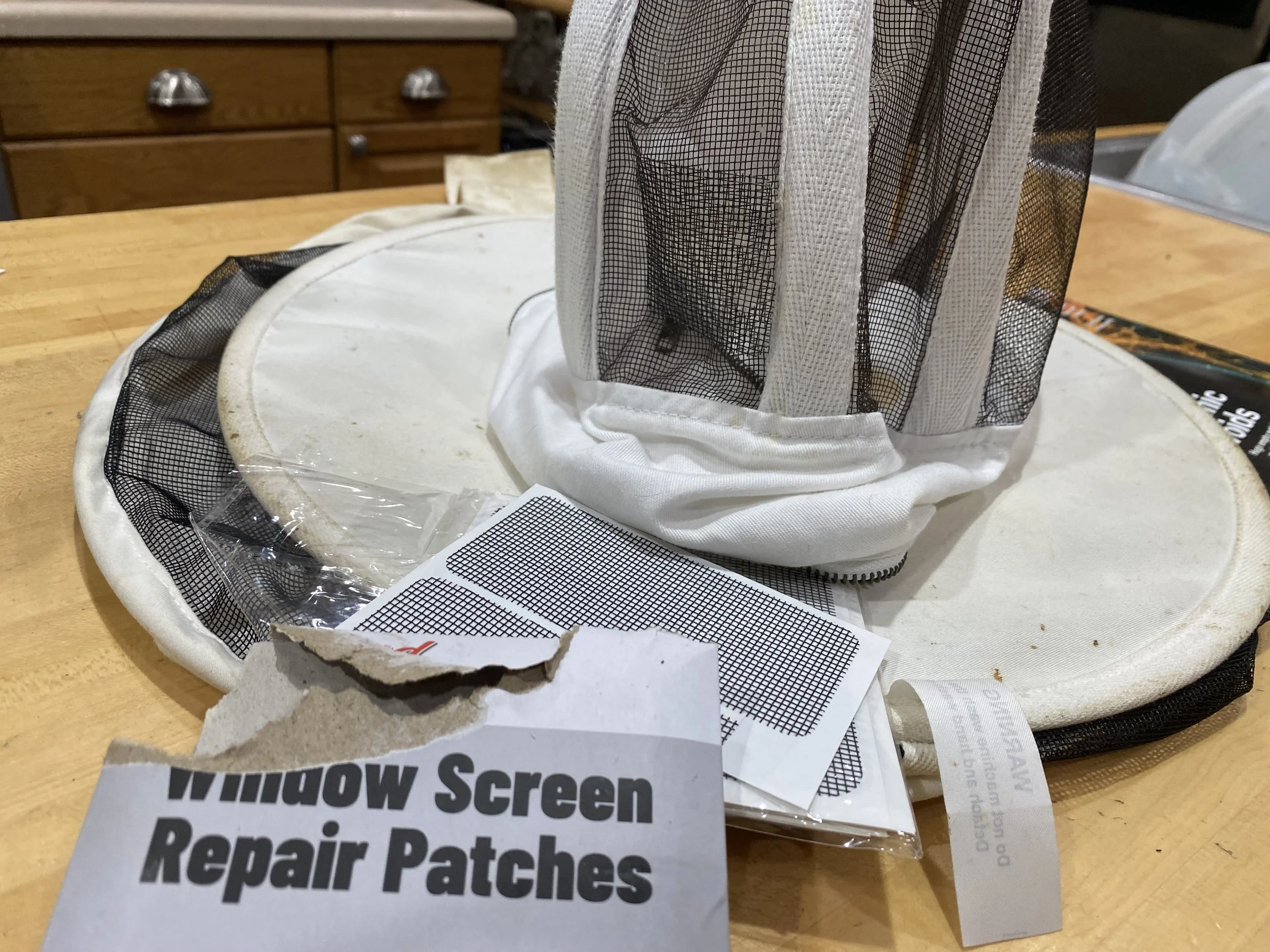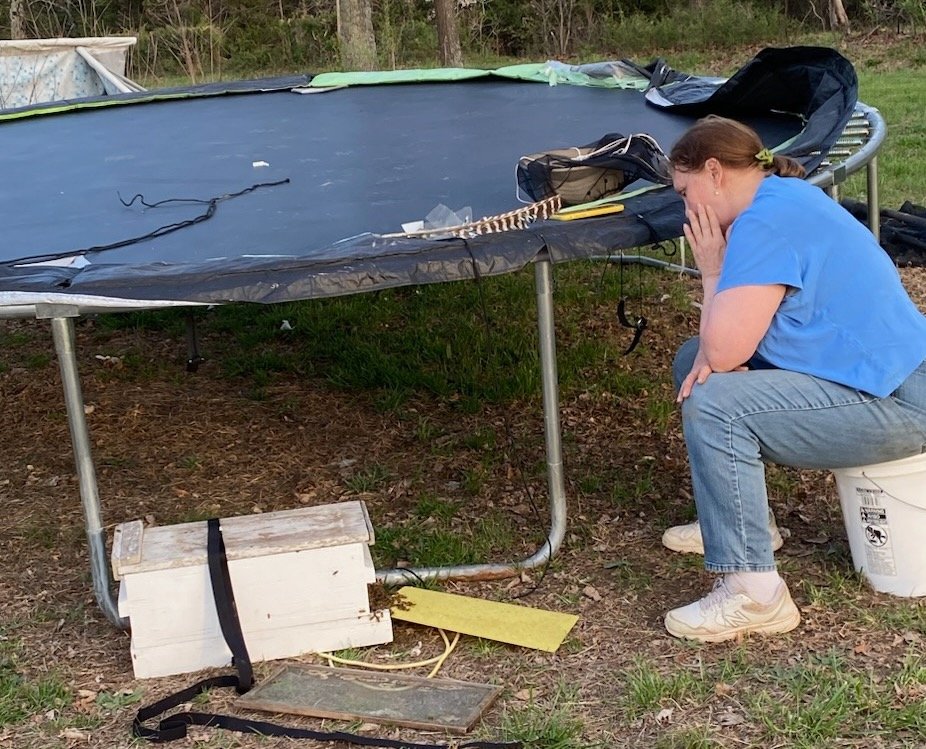Walk Away Splits
/Strong, full colonies are excellent candidates for a split. (Photo by Charlotte Ekker Wiggins)
Walk Away Splits
Spring is a busy time for both honey bees and beekeepers. When a honeybee colony is running out of space, they start planning to leave, which is what honey bees do when they swarm.
If you have a big colony that you can easily divide, the walk away split is the easiest way to do that.
You split in the spring if you don’t want or need honey because the two split colonies will spend their energy re-establishing themselves and storing honey for winter food.
The walk away split is the easiest one to do and a method I have successfully used for many years.
Here are the basics:
Have a second, empty hive set up and ready to use.
Position the hive entrance opposite of the hive you will be working on so the bees have to re-orient themselves to their new home.
Open the existing colony and start equally dividing assets: honey frames, bee bread frames, brood. Leave half in the existing hive and move the rest to the second, empty hive.
You don’t need to look for the queen because you will know where she is in a couple of weeks.
Leave the colonies split for two weeks so bees can settle in.
Re-inspect the two colonies to see if there are signs of the queen laying. You will know which box the queen is in when you see eggs.
When splitting brood, you should have given the colony without the queen eggs young enough for bees to start drawing a new queen cell. Check for signs of royal jelly in the emergency queen cells to ensure that they are, indeed, growing a new queen.
That’s the basic principle of making a “walk away split.” You divide the colony assets and, well, walk away.
It is easy but it doesn’t mean you don’t worry that everything back in the now two colonies is going as planned.
Leave them alone for a week, then go back and take a peek to make sure they are settling in. You should know by then where the queen bee is by the eggs you see being laid in royal jelly.
Then it is time to concentrate on making sure the other queenless colony raises themselves a queen bee.
Charlotte












